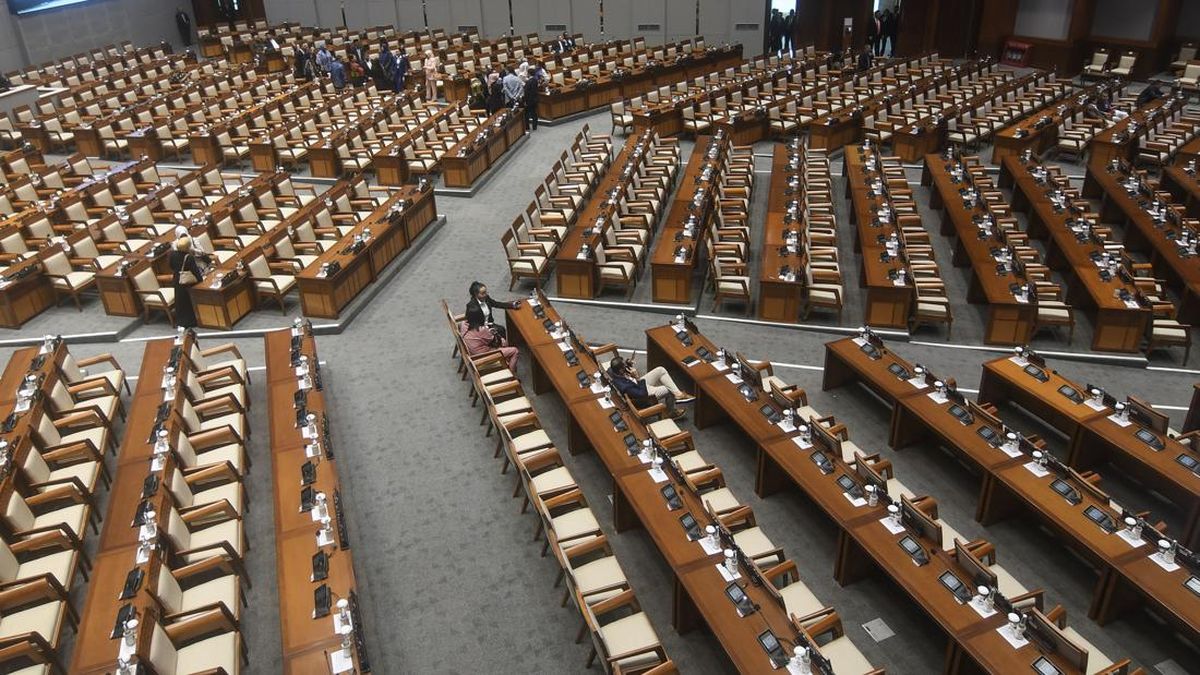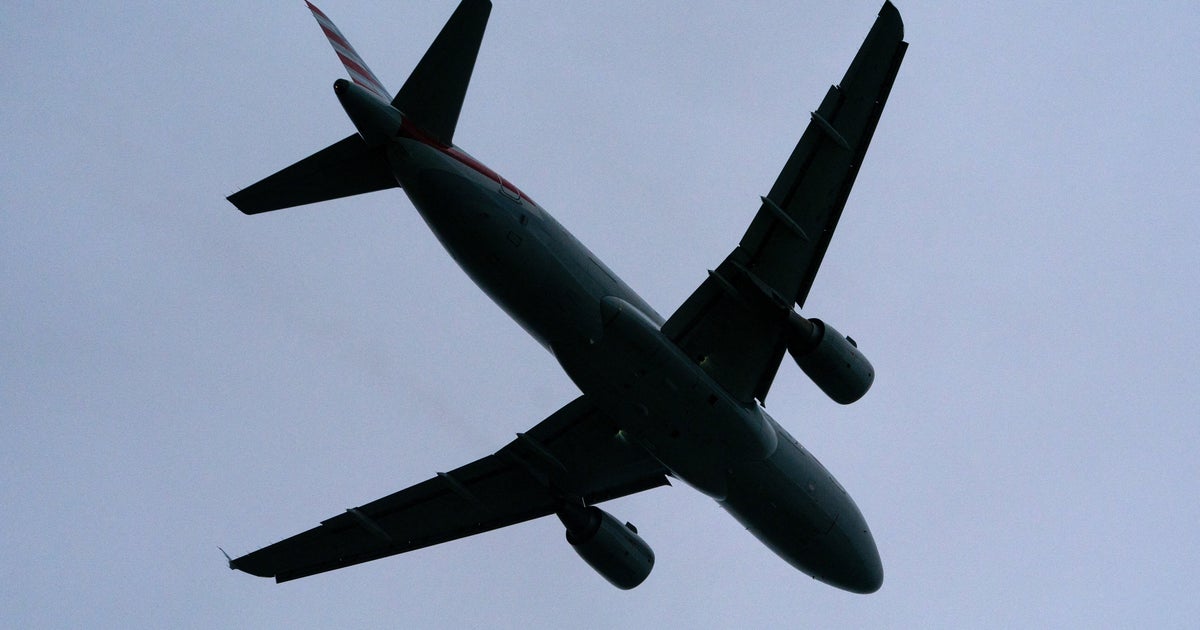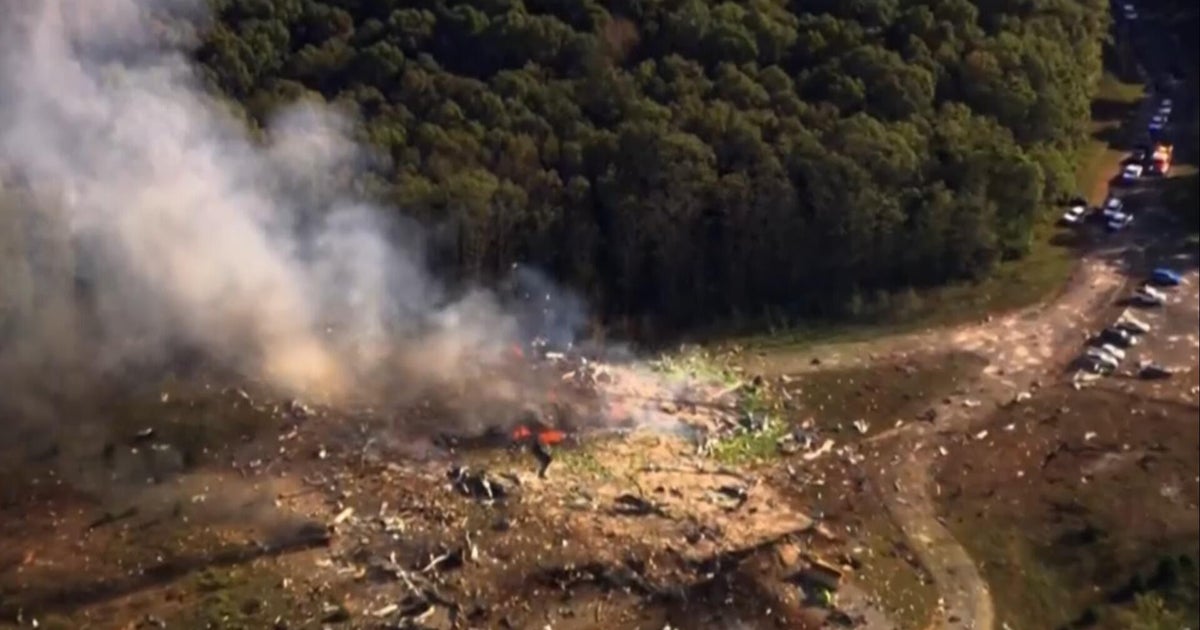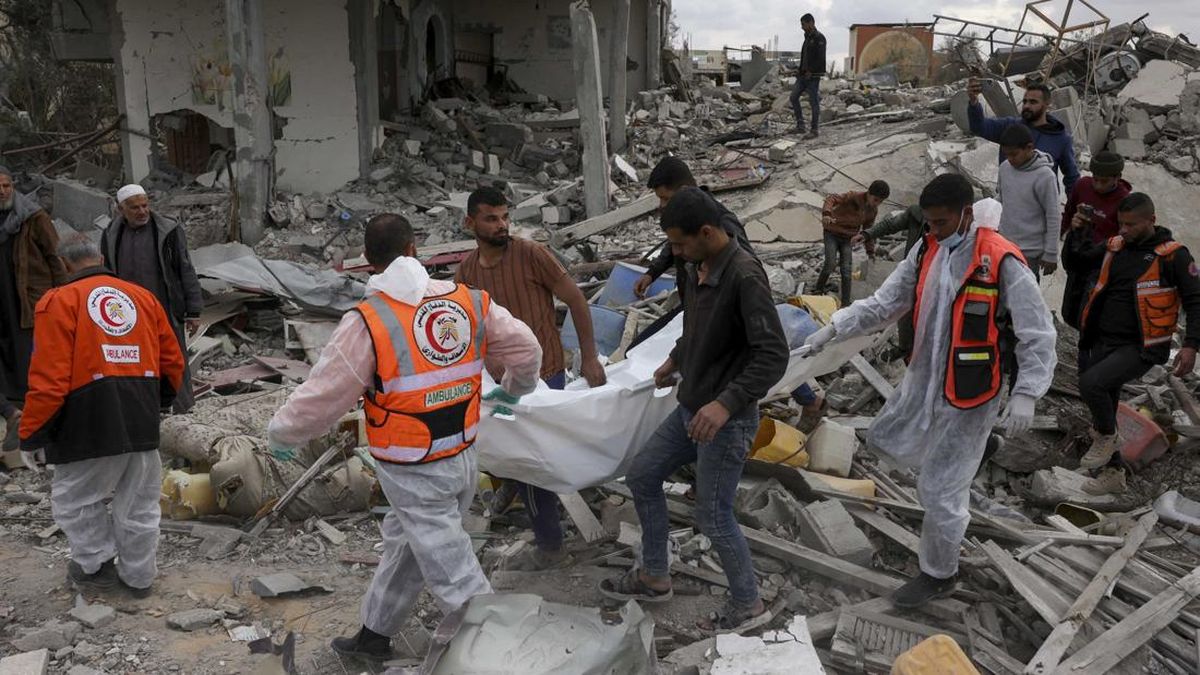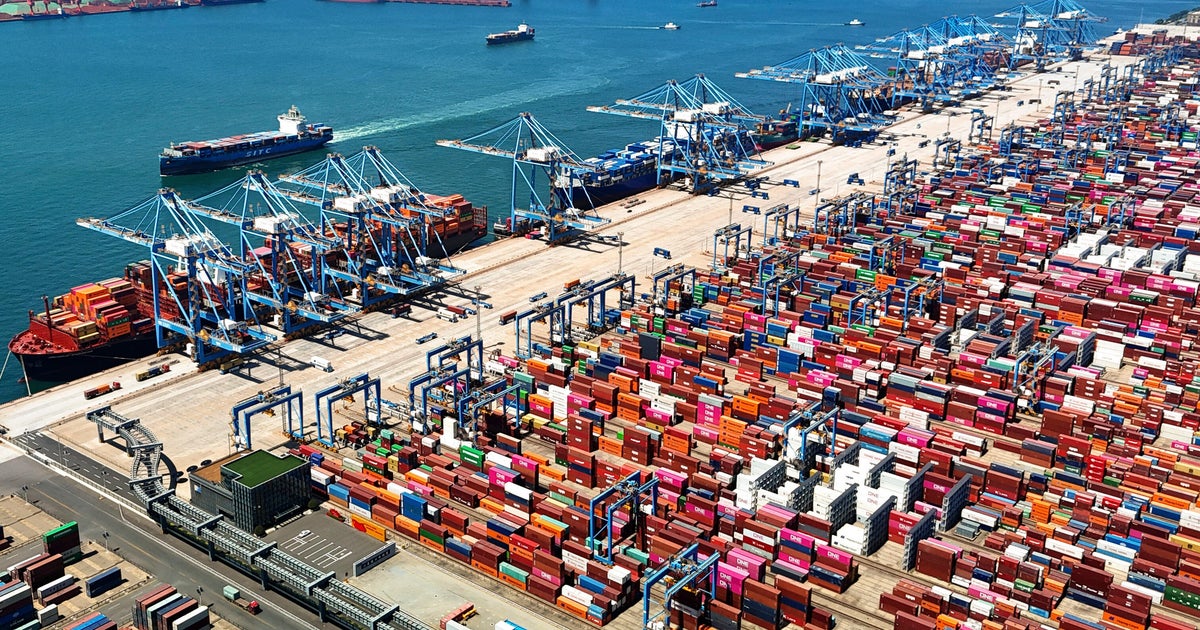No one likes to see a friend going through hard times. And Argentina, a friend to so many travellers, has seen its share of difficulties.
The South American country has a tumultuous history marked as often by disorder and tragedy as triumph. Its famous names are well known for bringing joy and beauty into the world along with controversy. This is the country of Eva Peron, of Che Guevara, of Diego Maradona and Pope Francis – characters sometimes divisive but also bold, forthright.
This is the thing with Argentina – it’s a country that is imperfect, but so attractive you can’t look away. It’s so vividly drawn, so full of passion and beauty, so culturally rich and naturally blessed.

Argentina is dashing gauchos galloping over the pampas; it’s family and friends gathered for an asado, or barbecue; it’s the crashing beauty of Iguazu Falls and the majesty of Patagonia; it’s the colour of San Telmo and La Boca; the scream of football fans at La Bombonera; the morning hubbub of European-style cafes; the crisp, clear air of the Andes.
This is, in other words, one of the world’s truly great tourist destinations. It’s also on the road to recovery – though, this being Argentina, that recovery is complicated.
Argentina’s currency, which has fluctuated wildly in recent years, has stabilised. Although Donald Trump’s promise of a $US20 billion ($30.26 billion) bailout for the country – in support of his conservative ally, Argentinian president Javier Milei – has caused ripples of concern.
The country’s political landscape appears steady, although a legislative election on October 26 could expose deep rifts. This is the push and pull of Argentina. And this, below, is what we love about it.
The people

To know Argentina’s history is to begin to understand its citizens. There’s indigenous heritage – peoples such as the Mapuche, the Guarani and the Charrua – then the Spanish conquistadors, migration from Spain’s Basque Country, waves of migration from Italy and modern-day influence from China and Japan, not to mention from neighbours such as Bolivia and Brazil.
Argentinians are a deeply proud and passionate people whose lives tend to revolve around four central pillars: family, religion, food and football.
If you understand and appreciate those things, you will get along just fine with any citizen of Argentina, particularly on a Sunday, when these strands come together – church in the morning, football in the middle of the day, then a long afternoon of barbecuing meat with family and friends.
The cities

Buenos Aires is surely one of the great cities of the world. It hums with life and wears its influences on its sleeve: in some parts Paris, in others Palermo, a little bit Spanish, a bit Italian, sometimes achingly beautiful, at others gritty and real.
Buenos Aires is everything from the rough charm of La Boca to the history of San Telmo, the Parisian mansions of Recoleta to the hipster cool of Palermo Soho, the street art of Villa Crespo to the local hangouts of Almagro. Enjoy tango, and football, and steakhouses, and wine bars, and markets, and cafes and so much more

Elsewhere in Argentina, Cordoba is a student town with plenty of charm, Salta is a northern outpost with unique culture, Mendoza abuts the Andes and has an excellent food scene, and Ushuaia is rugged and untamed, not to mention the world’s southernmost city.
See also: NIMBY-free: What our cities can learn from Buenos Aires
The architecture

For a snapshot of the architectural diversity of Argentina, consider two repositories of books in Buenos Aires: first there’s El Ateneo Grand Splendid, a huge bookstore in Recoleta set in a century-old baroque theatre. Then, a few blocks away, there’s the Mariano Moreno National Library, set in a brutalist structure at odds with its surrounding palaces and mansions. Argentinian architecture is like that, such a rich and obvious mix of styles and influences.
See the art deco Palacio Barolo, the neoclassical Teatro Colon, the Italianate Casa Rosada, the 1930s skyscraper Edificio Kavanagh and the ultra-modern rotating footbridge Puente de la Mujer, to name a few. And that’s just in Buenos Aires. You will find interesting remnants of Argentina’s prosperous past throughout the country.
The food

Did we mention barbecue? Good, because that’s what food in Argentina is all about. Yes, there is a large Italian influence but also distinctly Argentinian-style pasta dishes, as well as cheese-loaded pizzas.
There are empanadas, which vary in style across the country but are affordable and delightful anywhere you go. There are local cheeses, highlighted by provoleta, which is grilled and served with garlic and herbs. There’s choripan, a little like a hot dog, a chorizo sausage in a roll.
You have French-style pastries, and the ubiquitous dulce de leche. But Argentina is all about meat, cooked over fire on a parrilla grill, a head-spinning, artery-choking platter of steaks, sausages, ribs and offal that is a cultural staple and a national obsession. Get involved.
The drinks

Let’s see, what goes nicely with a juicy, well charred steak? Red wine, you say? A hefty red with a bit of spice? Then Argentina has you covered. Despite being French in origin, this is the spiritual home of the Malbec grape variety, which grows best around the western province of Mendoza. Here the vine rows stretch towards the Andes to wine-growing regions such as Maipu, Lujan de Cuyo and Valle de Uco.
The cellar door experiences here are second-to-none, and the wines some of the finest on the planet. Argentinians also, meanwhile, have a passion for coffee, thanks to the Italian influence, and share a taste for Fernet-Branca, an Italian amaro.
But all that pales in comparison to the love locals have for a drink all their own: maté. This slightly bitter, herbaceous tea, made from the leaves of the yerba maté plant, is a national obsession. You can spot many Argentinians gripping a rounded, gourd-like cup, a metal straw called a bombilla and a thermos of hot water anywhere they go up until about midday.
The mountains

These aren’t just any mountains. We’re talking about the Andes, a towering range that runs along Argentina’s western border, highlighted by Aconcagua, at 6961 metres, the highest peak in South America.
There are multiple ways to explore and experience the Andes in Argentina, though one of the most popular spots would have to be Bariloche, a lakeside city in the Andean foothills. There’s a ski resort close by plus fly-fishing, hiking and horse-riding opportunities in the warmer months. From here, too, it’s possible to embark on one of the world’s most scenic road trips, heading north in the foothills to San Martin de los Andes and then crossing the mountains into the Chilean Lake District.
Mendoza is also a popular base for Andean exploration, offering a mix of on-mountain experiences such as hiking and biking, and wine tasting back in town.
The falls

Again, not just any waterfalls. Argentina boasts one half of Iguazu Falls, undoubtedly one of the most spectacular natural attractions on the planet. Iguazu comprises about 200 waterfalls, depending on the season, and though there are some who say the views are better from the Brazilian side, Argentina boasts access to Devil’s Throat, the highest and most powerful cascade. From a viewing platform on the very lip of the waterfall, visitors can gaze in awe as megatons of water thunder into the abyss.
Elsewhere in the Misiones province, where Iguazu is located, there’s the chance to trek and bike through the jungle, and stand at the meeting point between three countries: Argentina, Brazil and Paraguay.
The pampas (and their estancias)

The pampas of Argentina aren’t just a geological feature, but hold a key place in the national identity. These low grasslands, which cover more than 1.2 million square kilometres stretching from Buenos Aires to Cordoba, and beyond into Uruguay and Brazil, are the home of the gauchos, the Argentinian cowboys who always look so dashing in their neckerchiefs and leathers.
So much of the way Argentinians view themselves – horse riders, polo players, steak eaters, wearers of natty berets – is tied to the pampas and gaucho culture. And it’s easy for visitors to tap into that culture, too, with a stay at an estancia, a traditional Argentine cattle ranch. Near Cordoba, Los Potreros is a classic example, an estancia that offers daily horse rides across the pampas and asados every afternoon.
The glaciers

You may have heard about Perito Moreno, perhaps the world’s most spectacular glacier. What sets it apart is how close visitors can get to the ice wall – no boat rides or scenic flights required.
Set in Parque Nacional Los Glaciares in Patagonia, near the town of El Calafate, Perito Moreno is a 30-kilometre-long river of ice that ends in Lago Argentino. Directly opposite the towering, 74-metre-high glacier wall, where huge chunks of ice crash into the water below, Península de Magallanes offers an incredible view, and is accessible by road.
Los Glaciares is home to 47 glaciers fed by a giant ice cap, and represents one of the true highlights of Argentinian Patagonia. Don’t miss the north of the park either, where hikes from El Chaltén take in spectacular views of Mount Fitz Roy.
The football (and the obsession)

It’s difficult to overstate just how passionate Argentinians are about football. This is the home of Lionel Messi, of Diego Maradona, of Juan Roman Riquelme and Gabriel Batistuta. The Argentinian “holy trinity” is meant to be religion, then family and then football, but when you witness the obeisance paid to demigods such as the above, you may have cause to question that order. See a live football game in Argentina to truly understand the passion and the madness.
Get to La Bombonera, the famed home of the Boca Juniors club, roiling and intense, if you can. Or go to Estadio Monumental to see River Plate play. Or visit Estadio Mario Alberto Kempes in Cordoba, a historic venue now home to the Talleres club.
There are other sports worth witnessing in Argentina, too: rugby is increasingly popular, basketball has long been a favourite, and the country is well known for polo, which you can see played at Campo Argentino de Polo in Buenos Aires.
The accommodation

Argentina is blessed with a host of accommodation options that offer excellent value for money, regardless of the price point.
Hostels offer modern facilities, comfortable rooms and ultra-budget pricing: try MONS Hostel in Buenos Aires, and America del Sur in El Calafate.
Buenos Aires also has some excellent boutique hotels that are affordable for many travellers. Try Algodon Mansion, Hotel Pulitzer and Mine Hotel. Or if you’re looking for something even fancier, Hotel Casa Lucia and the Recoleta Grand.
Elsewhere, Argentina has plenty of high-quality, unique stays, such as Awasi Iguazu, a set of villas deep in the jungle near Iguazu Falls, Estancia La Bamba de Areco, a luxury hotel set within the grounds of a working ranch and polo club a few hours outside Buenos Aires, and Cavas Wine Lodge, a hotel on a working winery in Mendoza.
The end

Argentina is a country of extremes, whether we’re talking altitude (South America’s highest peak), attitude (the passion of locals), or even latitude, given this is a country that stretches from the barren highlands of Salta (at a similar latitude to central Queensland) to the rugged beauty of Tierra del Fuego, the end of the Earth, as far south as south goes.
Though much of Tierra del Fuego is part of Chile, there’s a good chunk that’s Argentinian and which contains the southernmost city on Earth, Ushuaia. This is not only the departure point for many Antarctic expeditions, but a wild and beautiful place in its own right, and the perfect spot in which to base yourself to explore the area.
There’s amazing hiking in the Tierra del Fuego National Park – spot guanacos, large llama-like mammals – as well as cruises on the Beagle Channel to see gentoo and Magellanic penguins, and large seal colonies. And be sure to sample Patagonian lamb, slow-cooked over fire and served in many Ushuaia restaurants.
The knowledge
To finish, we offer a few words of guidance on getting the best out of your journey to Argentina. The first is to be aware that, although rampant inflation in Argentina is now under control, the system of money used is different to anywhere else in the world.
There are three separate exchange rates for the peso, depending on whether you’re withdrawing cash from a local ATM, using a credit card, or exchanging US dollars.
Credit card payments are best for Australian travellers, and widely accepted. Next, be aware of safety: check smartraveller.gov.au before you leave, and trust your instincts in terms of the places you go and the valuables you carry.
If you’re a vegetarian or vegan (or even pescatarian), be warned that Argentinians eat a lot of meat – like, a lot – and though vegetarianism is on the rise, it’s worth researching restaurants to ensure they offer suitable food.
And finally, Argentinians speak quickly, with a strong accent. Be prepared for occasional confusion, even if you speak Spanish. See argentina.travel
Five Argentine icons (and how and where to engage with them)
Eva Peron

The woman known to the world as Evita is a central figure in Argentina’s political history, even if her family isn’t universally admired in its home nation. Those wishing to trace Eva Peron’s history in her former home city, Buenos Aires, should visit Museo Evita, a museum dedicated to the former first lady, as well as the Casa Rosada, where Evita famously addressed large crowds from the balcony, and Recoleta Cemetery, Peron’s final resting place.
Diego Maradona

Few Argentinians have commanded the fame and courted the controversy of Diego Armando Maradona, a phenomenally gifted footballer and larger-than-life figure. In Buenos Aires, Maradona’s former family home is now a museum dedicated to the footballer, called La Casa de D10S. There’s also a small Maradona museum at the star’s first club, Argentinos Juniors. It’s worth seeing a game here at Estadio Diego Armando Maradona, even if the guy wearing No.10 won’t be called Diego.
Pope Francis

A tourism industry has sprung up around the former homes and haunts of Pope Francis, a widely admired figure the Argentines are proud to call their own. In the Flores neighbourhood of Buenos Aires, devotees can visit the house where the man then known as Jorge Bergoglio grew up, as well as the Basilica de San Jose de Flores, the church of Bergoglio’s childhood that informed his call to the priesthood. Nearby, in Pope Francis’s former parish, San Jose del Talar, the Sanctuary of Our Lady Undoer of Knots has become a popular site of pilgrimage.
Carlos Gardel

Argentina is well-known for the tango, not just a dance but an entire culture, with both European and African influences. The most famous figure in tango is singer-songwriter Carlos Gardel, whose legend lives on in Buenos Aires. Fans can visit Museo Casa Carlos Gardel, set in the singer’s former home, see a tango show at one of many venues across the city, and visit La Chacarita Cemetery, near Villa Crespo, where Gardel’s mausoleum is a popular sight.
Che Guevara

Revolutionary hero, or misguided monster? The jury will be forever out on Ernesto “Che” Guevara, the anti-capitalist guerilla who became one of the world’s most recognisable brands. Those interested in the history of Che should journey to the town of Alta Garcia, in the Cordoba province, where the then-Ernesto grew up. His childhood home is now the Museo del Che Guevara, while the nearby Museo Historico Estancia Jesuitica de Alta Gracia offers a more rounded snapshot of Guevara’s upbringing.

